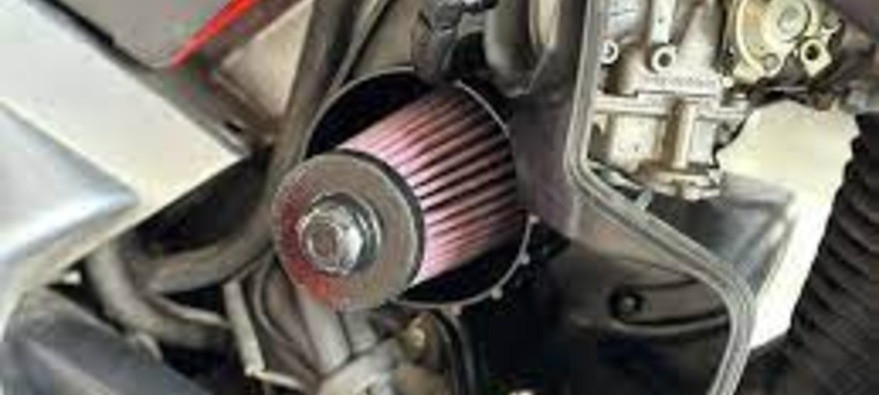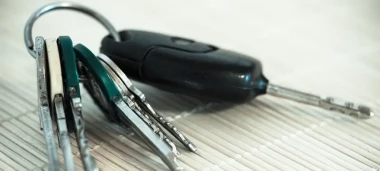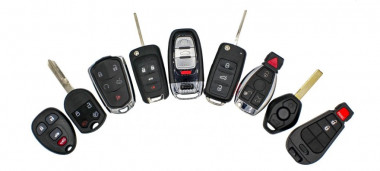If you’re passionate about cars, understanding which auto parts are essential can significantly enhance your vehicle's performance and longevity. This guide will walk you through the must-have parts, ensuring your car runs smoothly and efficiently.
High-Performance Air Filters
Boost Your Engine
Upgrading to high-performance air filters can improve your engine’s airflow, increasing horsepower and efficiency. These filters allow more air into the engine, which can improve combustion and overall performance. This simple change can make a noticeable difference in your car’s performance, particularly in high-demand driving situations.
Quality Brake Pads
Safety First
Investing in quality brake pads is crucial for your safety. They provide better stopping power and reduce wear on your braking system, ensuring you have reliable braking in all conditions. High-performance brake pads can withstand higher temperatures and provide consistent performance, which is particularly important if you enjoy spirited driving or track days.
Performance Tires
Grip the Road
Performance tires offer better traction and handling, especially in high-speed or adverse weather conditions. They can enhance your driving experience by providing a smoother, more responsive ride. Selecting the right tires for your driving style and conditions is essential for maximizing your vehicle's performance and safety.
Suspension Upgrades
Smooth Ride
Upgrading your suspension system can improve handling and comfort. Quality shocks and struts can make your car feel more stable and reduce road vibrations. Enhanced suspension components can also improve cornering performance and reduce body roll, making your car more enjoyable to drive.
Exhaust Systems
Enhanced Sound and Efficiency
A performance exhaust system can improve your car’s efficiency and give it a more aggressive sound. It helps the engine breathe better, increasing power and fuel economy. Stainless steel exhaust systems are durable and resistant to corrosion, providing long-term benefits and a distinctive exhaust note.
Spark Plugs
Ignition Excellence
High-quality spark plugs are essential for optimal engine performance. They ensure efficient combustion, leading to better fuel economy and smoother engine operation. Iridium or platinum spark plugs offer longer life and more consistent performance compared to traditional copper plugs.
Battery Upgrades
Reliable Power
A high-performance battery provides better cold-start performance and reliability. It’s crucial for maintaining your car’s electrical systems, especially in extreme weather conditions. Opting for an AGM (Absorbent Glass Mat) battery can offer better durability and power delivery.
Oil and Fluids
Keep it Running Smoothly
Regularly changing your oil and using high-quality fluids can extend your engine’s life and improve performance. Synthetic oils provide better protection under extreme conditions and help maintain engine cleanliness. Don’t underestimate the importance of routine maintenance; regular fluid checks and changes are essential for keeping your car running smoothly.
Air Intakes
Improved Airflow
Cold air intakes can significantly boost your engine’s performance by increasing airflow and reducing air temperature entering the engine. This modification can result in improved throttle response and increased horsepower.
Radiators and Cooling Systems
Keep Your Engine Cool
Upgrading your radiator and cooling system components can prevent overheating and ensure your engine operates efficiently. High-performance radiators, electric fans, and coolant additives can help manage heat, especially during intense driving conditions.
By investing in these essential auto parts, you can ensure that your vehicle runs at its best. Staying ahead of potential issues and enjoying a superior driving experience is all about keeping your car well-maintained and upgraded. Whether you're looking to enhance performance, safety, or comfort, these parts are crucial for any car enthusiast.




_1724056429.jpg)
